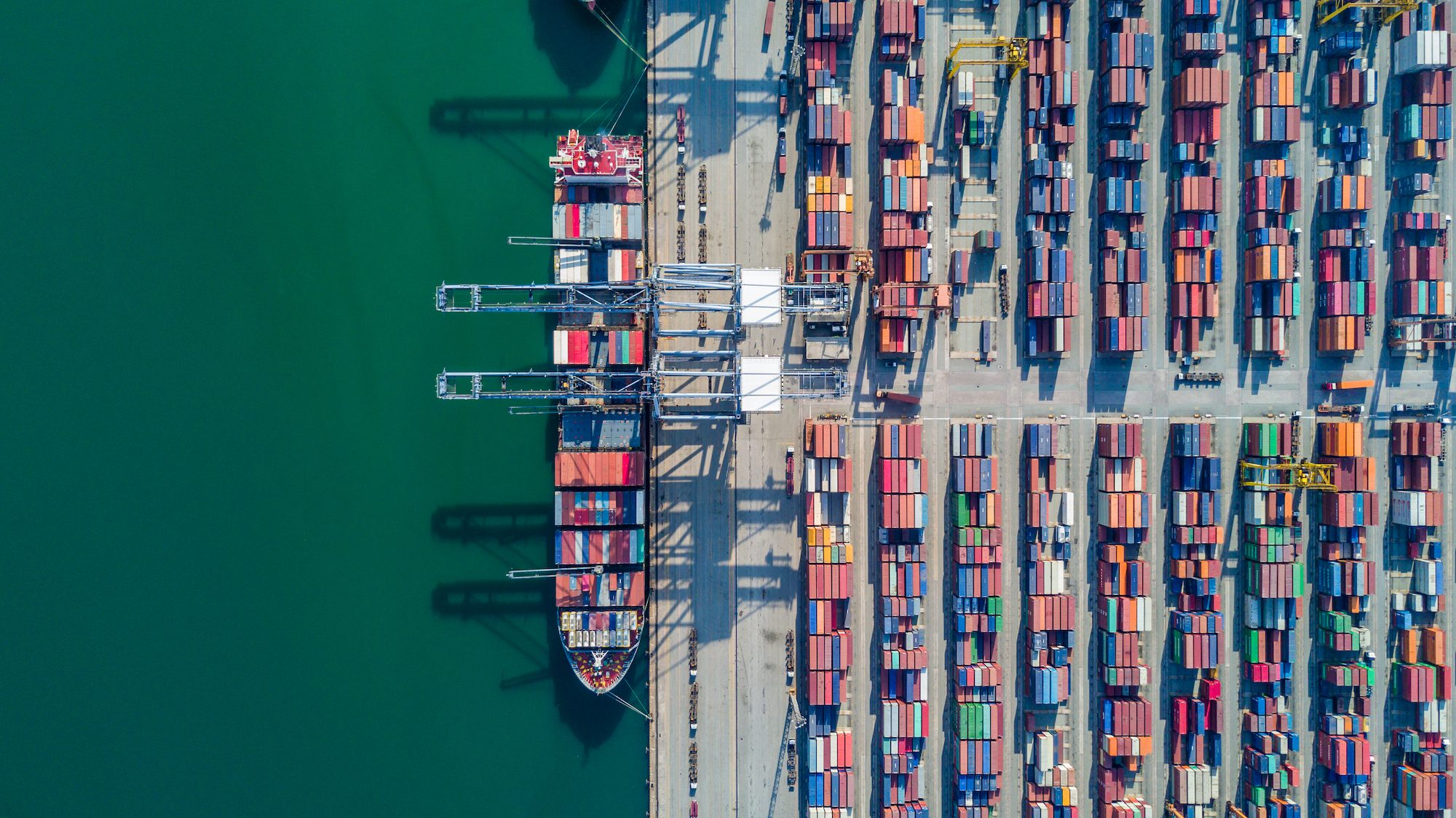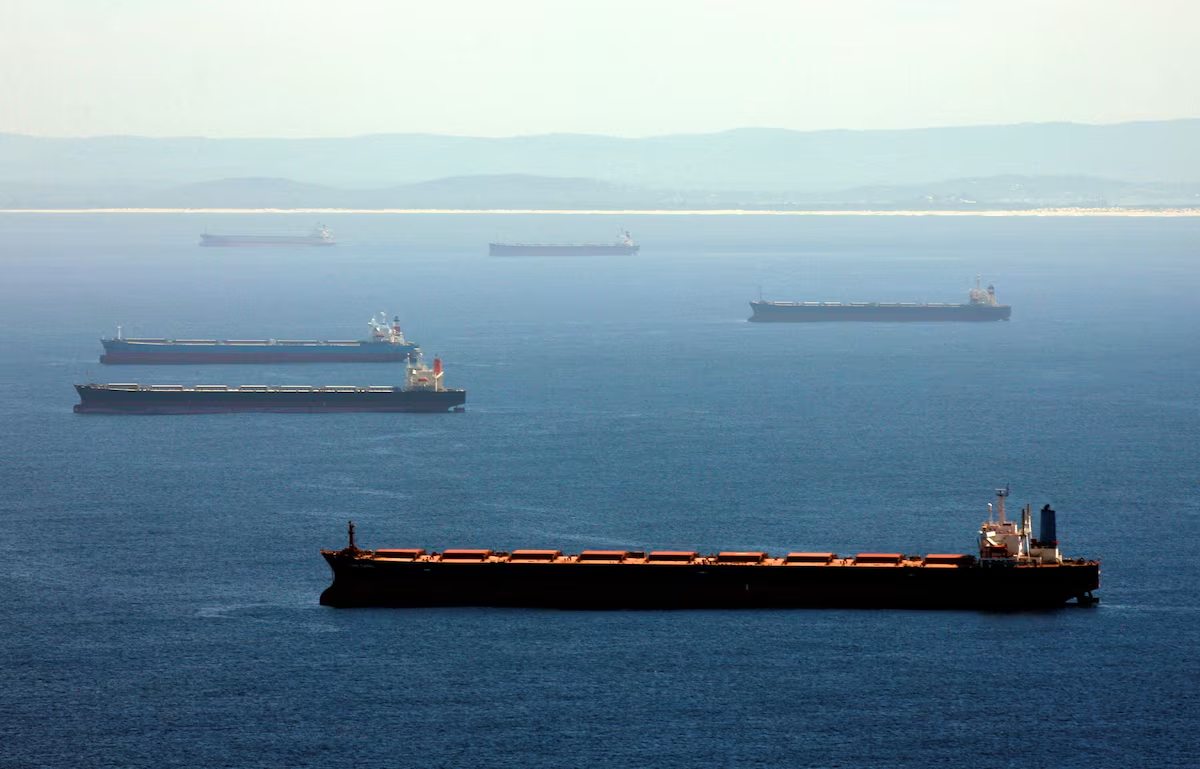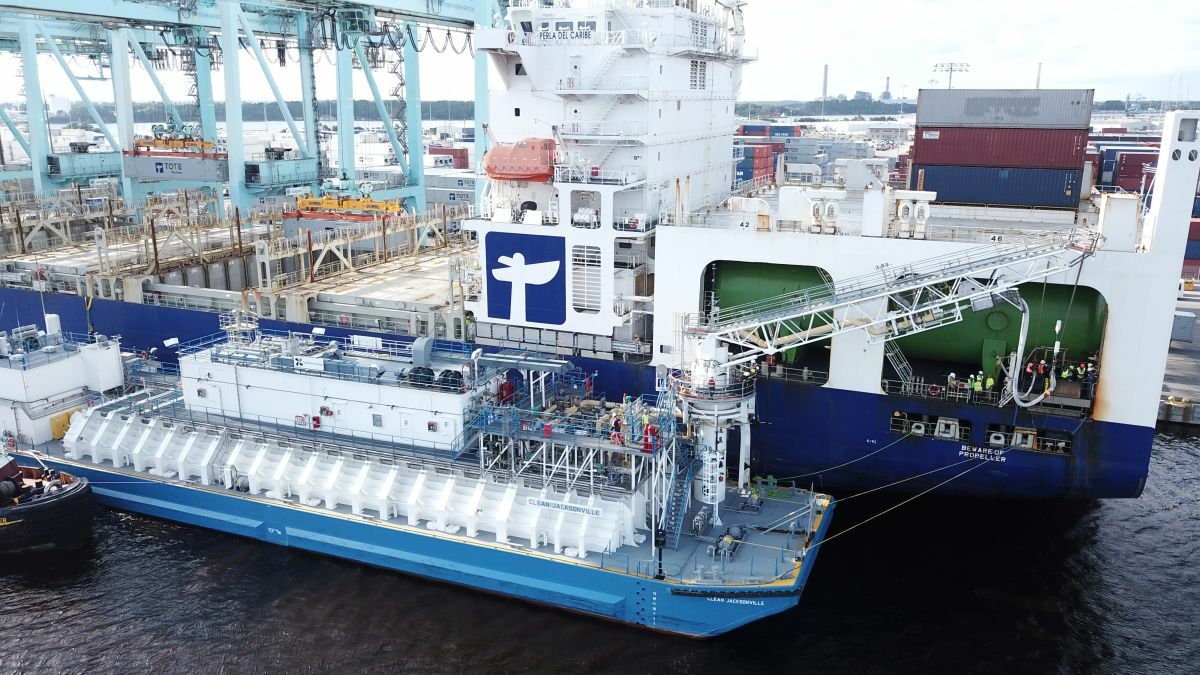By Gavin van Marle (The Loadstar) — Container spot freight rates on the major east-west trades were barely unchanged for yet another week, as expected peak season volumes are yet to materialize and carrier attempts to match capacity with anaemic demand failed to lift prices.
“With no sign of a peak season that would have traditionally pushed spot rates up in Q3, there is further bad news for carriers on trades from Far East to North Europe and Mediterranean,” said Emily Stausbøll, Xeneta senior shipping analyst.
“Carriers will have expected this downturn, but it will not make it any easier to manage, given the significant overcapacity in the global fleet,” she added.
Her view was supported by anecdotal evidence: “There’s no sign of any further peak on the Far East-Europe westbound trade – in fact, it’s going the other way and as expected short term rates are coming down,” one prominent Asia-Europe forwarder told The Loadstar today.
“Average spot rates from Far East to Mediterranean will continue their descent in August while rates into North Europe hold a little a little stronger,” said Ms Stausbøll, adding: “This means the spread in spot rates on these trades will close in on parity in August, which is a dramatic shift since [the spread] stood at $1,720 in mid-July.”
Source: Xeneta
In fact, on some indices the inflection point has already passed, and North Europe rates are now more expensive than Mediterranean shipments.
The Freightos FBX index today recorded a China-Mediterranean spot rate of $3,399 per 40ft, some 5% down on the previous week, while its China-North Europe leg stood at $3,419 per 40ft, losing 4% over the week.
Drewry’s World Container Index’s (WCI) Shanghai-Genoa leg was flat this week, at $3,362 per 40ft, while its Shanghai-Rotterdam leg stood at $3,290 per 40ft.
The Shanghai Containerised Freight Index (SCFI) Shanghai-North Europe base port leg lost 2% week on week, to end at $4,102 per 40ft, and its Shanghai-Mediterranean base port leg lost 4% over the week, to end at $4,666 per 40ft.
The declines were greater on the transpacific trade, where overcapacity has become almost a permanent feature.
The WCI’s Shanghai-Los Angeles leg lost another 2% on last week, to end at $2,632 per 40ft, while the Shanghai-New York leg also lost 2%, to finish this week at $4,135 per 40ft.
These levels were also reflected in the FBX, which recorded $2,334 per 40ft on China-US west coast, unchanged from the previous week, with a 7% week-on-week drop on China-US east coast, to $4,113 per 40ft.
“Average spot rates on the major front hauls from the Far East to US have been falling hard and are now at the lowest level since December 2023,” Ms Stausbøll said.
“With further decreases expected in August, freight rates are closing in on pre-Red Sea crisis levels, especially into the US west coast.
“The US is striking multiple trade deals, but this is unlikely to spark a cargo rush in the remainder of 2025 and prevent further softening of rates – carriers are trying to manage capacity, but they may be fighting a losing battle and will have no choice but to accept lower freight rates,” she explained.
Even the heralded US-EU and US-UK trade deals had no impact this week.
“Transatlantic is still very flat,” one forwarder said. “There have been no changes for a while now and none expected.”
Transatlantic westbound rates stood at around $2,000 per 40ft, a remarkably stable level which will leave European exporters to the US facing significantly higher overall costs.
“If the forecast for the remainder of 2025 is challenging for carriers, it will also be tough for shippers, Ms Stausbøll added.
“They may benefit from falling freight rates, but this will not come close to offsetting the financial impact of tariffs.”
The Loadstar is known at the highest levels of logistics and supply chain management as one of the best sources of influential analysis and commentary.

 Join The Club
Join The Club











